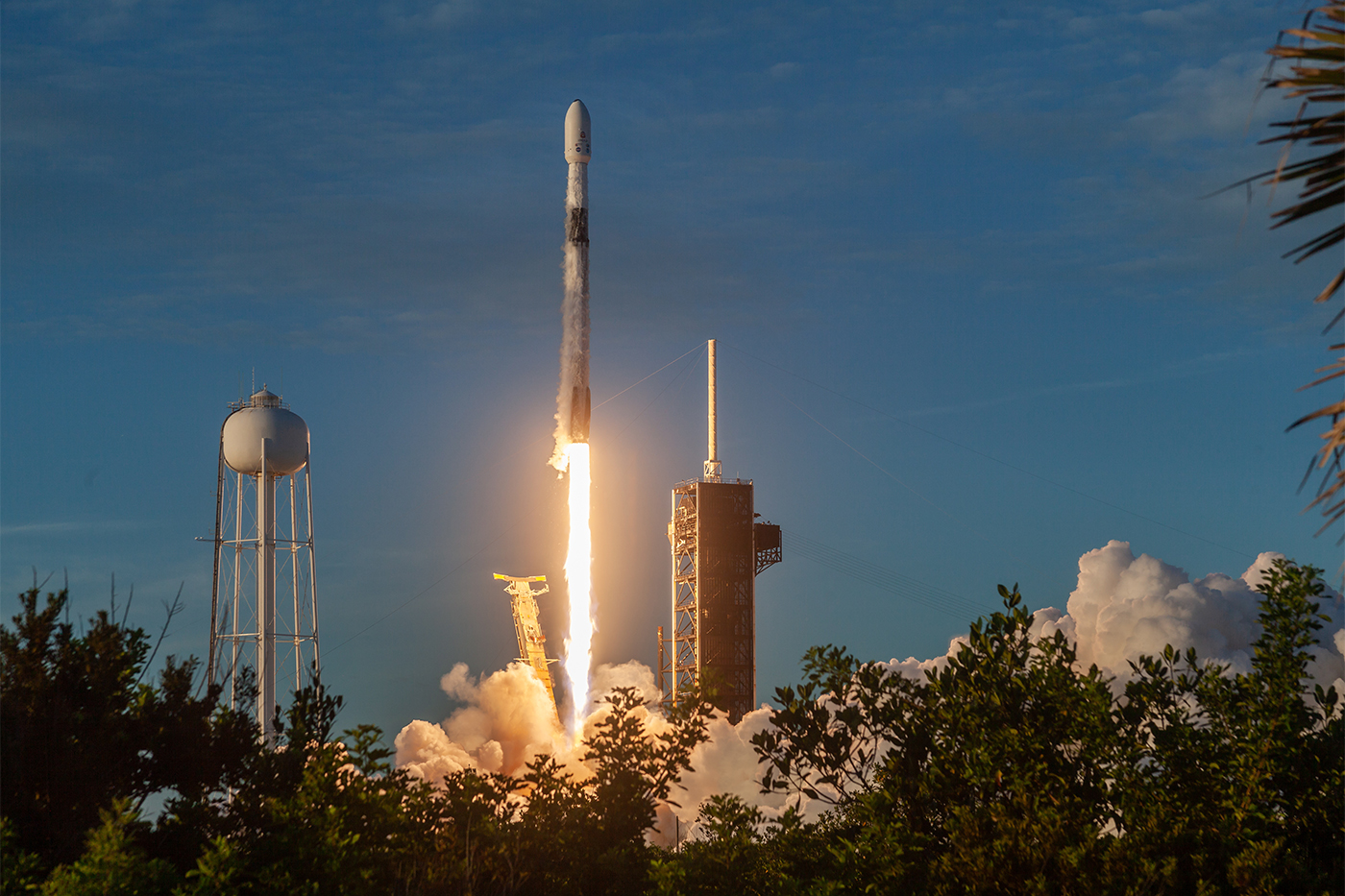With a target of heading back to the moon by mid-2027, NASA is betting big on its multibillion-dollar public-private partnership with SpaceX, the Texas-based rocketmaker helmed by technology billionaire Elon Musk.
However, technical challenges could threaten the launch service provider’s ability to meet the U.S. space agency’s ambitious deadline.
Last week, the company successfully launched its 11th test flight for Version 2, or V2, of its Super Heavy Starship. The next step is the testing of Starship V3, which will be used for testing of “orbital flights, operational payload missions [and] propellant transfer,” according to the company.
That’s welcome news for NASA, which plans to use the rocket as part of its mission to send astronauts back to the moon to explore its southern poles. Scientists believe that icy water lies just below that area’s surface, which would be key in developing long-term lunar settlements as part of NASA’s Artemis program.
NASA’s Artemis project was officially formalized in 2017 as part of a four-mission project, for which SpaceX will play a key role.
But while the recent launch is certainly good news, Sophia Economides, head of engineering and physics on Northeastern University’s London campus, cautions that remaining technical obstacles could throw SpaceX off track.
“With only two years to go, it seems difficult to achieve that deadline at the moment, because what NASA and SpaceX are proposing is something that has been discussed since the 1990s,” she says. “It is on a much bigger scale than what has been attempted before.”
NASA and SpaceX’s plan has been described as ambitious and complex. As part of NASA’s Artemis III mission, SpaceX is creating a Starship Human Landing System — a variant of the Starship rocket system — for NASA astronauts traveling aboard the Orion spacecraft. The landing system — which will be orbiting the moon — will dock with the Orion spacecraft and ferry two astronauts to the moon’s surface and back up again.
But both NASA and SpaceX still have a lot of work to get there.
Transportation Secretary Sean Duffy in an interview with CNBC on Monday shared that the agency believed SpaceX is behind schedule, and that it would soon open its contract to let other competitors apply.
One of the major hurdles is that scientists are still trying to determine the appropriate number of fuel tanks the rocket would need to reach the moon, explains Economides.
“The plan is that Starship will be launched to Earth orbit, using nearly all its fuel, and then it will need to refuel before it continues on to the moon,” says Economides. “Refuelling will be done by sending several Starships carrying fuel, and I have seen numbers between 10-40 fuel carriers being discussed. The refuelling will also need to be done quickly because the fuel evaporates over time.”
It’s a development cycle that both NASA and SpaceX are doing in tandem, and is an example of the public-private model NASA has conducted over the past two decades, Economides explains.
“In the past NASA designed spacecraft and paid companies to build it while retaining ownership of the technologies developed, making them publicly available through licensing etc.,” says Economides. “Nowadays, NASA sets the requirements and companies propose solutions with fixed prices and retain any intellectual property.”
Taskin Padir, an electrical and computer engineering professor at Northeastern and a robotics expert, says the space agency’s growing reliance on industry partners is a logical progression.
“When we put the first people on the moon, there was no industry around this,” he says. “It was the big ambitious goal of the government. Visionaries back then saw the potential — ‘We are not alone in this galaxy and we want to explore.’” Thanks to the foundational work done by government-funded researchers over the past 50 years, there has been an explosion of private sector companies that have been able to flourish, he says.
“Goverment-funded research serves two purposes,” says Padir. “We make new discoveries and we also train a new workforce.”
“NASA unlocked a lot of new capabilities, solved a lot of hard problems, and then made that available,” he added. “Secondly, we trained a critical mass of [space researchers].”
Many of those researchers moved on to help create major private space companies, including SpaceX and Blue Origin, Amazon founder Jeff Bezos’ private space company. So it makes sense that the government is now collaborating with these partners for future missions, he says.
“I see this as a perfect scenario,” he adds. “NASA led this for decades and they brought industry to a level where they can now start relying on these private organizations to continue their mission, to continue to explore space,” he adds.
There’s been an ideological shift, adds Economides.
“At present, there is a hybrid system, with NASA maintaining some of the more demanding operations (like the launchers), but commercial partnerships are used for other operations (like the lunar transporter SpaceX is building,” she says.
There are both pros and cons to this system, she says. On one hand, this has allowed the space agency to reduce costs and in some cases to speed up development cycles, says Economides. And it has also “incentivized companies to produce more cost-effective technologies,” according to the engineering and physics expert.
“But on the other hand, technologies developed with partial public funding remain private property,” she says.
Additionally, this model has created a concentration of the market, with only a few key players serving as real competitors — for example, SpaceX, Blue Origin and the aerospace company Boeing.
In some instances, this model has proven successful for “clearly defined projects,” says Economides.
She points to commercial partners being essential in the Commercial Crew program, which takes astronauts to the International Space Station.
“However, in this case, a single commercial partner must deliver on improved technical capability and operational complexity with very tight deadlines — and there is no redundancy if something goes wrong.”
